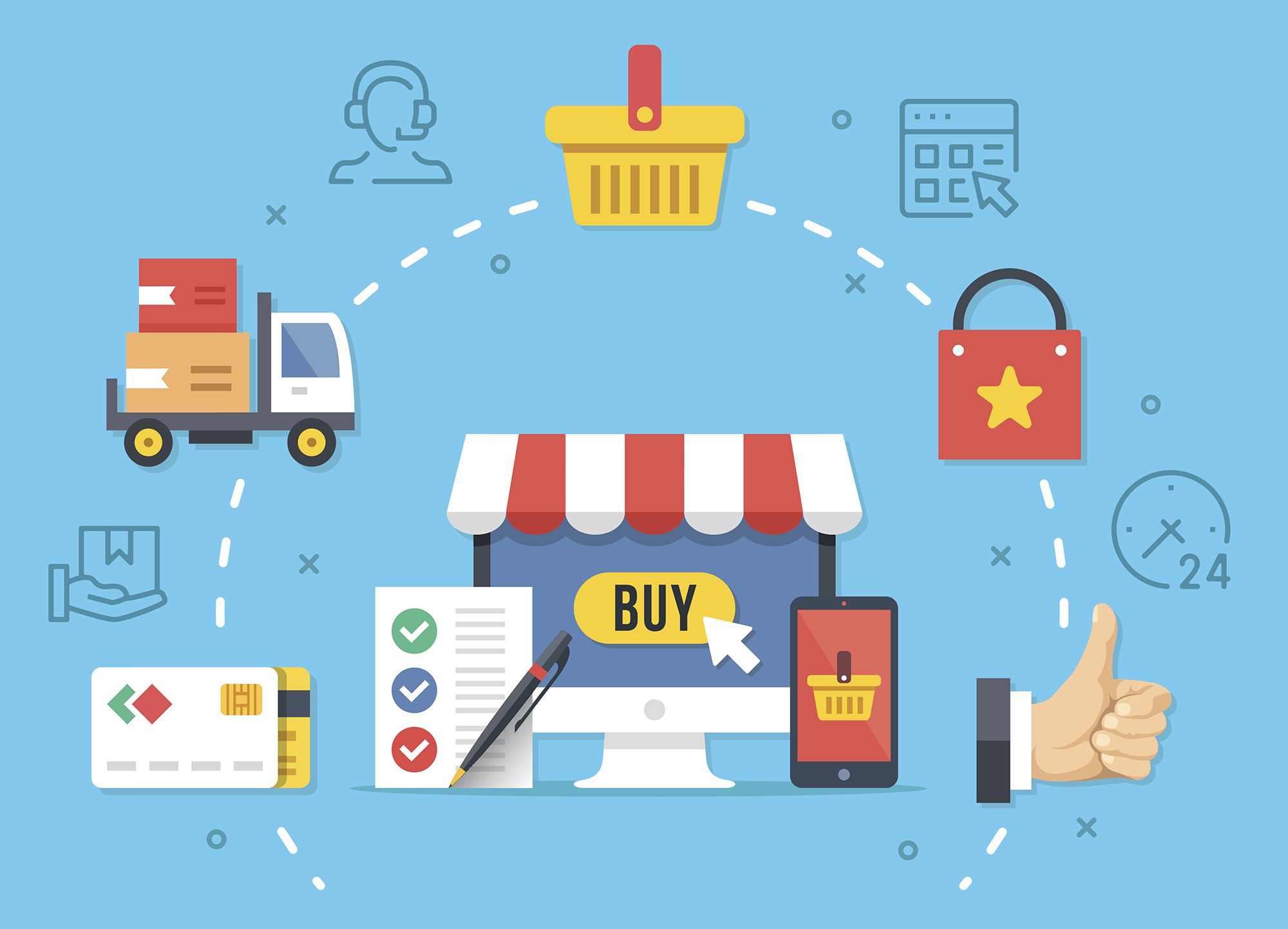Driving E-Commerce Excellence Through Your Applications

With just a few days left until the biggest shopping day of the year – Black Friday – the 2018 edition has come a long way from where it was years ago. Throughout the e-commerce age, companies everywhere have sought to provide the most convenient ways for their customers to shop, and that strategy is more than ever reliant on a strategic combination of omnichannel online and in-person experiences.
Companies begin highlighting their Black Friday deals much earlier than they ever have before and in more ways. Such businesses send out mailers, mass-distribute emails showcasing their ads, and push notifications via mobile apps to alert potential customers of what deals they can find. Customers are then able to take these coupons and adverts to use in the store or purchase products online right from their phones.
So, what does it take for the retail industry, with deep roots in brick-and-mortar and evermore skin in the digital game, to make all this happen, and deliver an enhanced Black Friday (and Cyber Monday) experience? It takes a host of new and established technologies, integrated and working together.
How to Maximize Your E-Commerce Business
One way retailers maximize their sales potential is by improving the e-commerce experience through modern digital storefronts. Some organizations have the resources to custom-build these for their own specific needs, and others use prepackaged applications, such as Magneto, Shopify, or BigCommerce, or use APIs to connect with established retail marketplaces like Amazon.
But to truly offer a beneficial customer experience, they also must optimize these applications and coordinate these information flows into the rest of the business. And thus, retailers must integrate the e-commerce application itself into its back-end systems, which include EDI for shipping and logistics, TMS software for transportation brokerage, and payment and inventory applications.
Today’s modern enterprise must be able to provide better and faster customer service to keep up with demand, especially this time of year. Companies integrating these applications into the rest of their business infrastructure can automate end-to-end workflows and gain more comprehensive views into their customer interactions. Additionally, automated order processing helps deliver products faster and ultimately, better serve customers.
But the reliable integration of e-commerce applications doesn’t just happen, and there are some best practices that can help simplify the process and expedite the time to value for your organization.
Traditional Approaches to Application Integration
One approach to application integration – building the integration – gives companies a proprietary and custom application that they can control and integrate directly into their IT environment. This allows companies to completely own the solution and customize it to fit their needs. However, building the integration on your own is quite a tall task because it does require very specific development skills. Additionally, it does not even come with a guarantee that it will work the way that your business truly requires, nor that it will stand up to evolving needs and change.
Another method companies use to integrate applications is through an API, since most cloud applications publish public REST APIs to communicate and integrate. Developers can build API-based integrations, and initially, they are pretty cost-controlled. But building out these integrations takes a good deal of time, especially the more complex APIs like the Amazon Marketplace API, which has 100 different variables in one single integration in order to accurately depict a single product.
Additionally, API-centric applications are always being developed and changed, so any modifications that Amazon makes to the API on its end (to follow the above example) means your developers are on the hook to keep up those same maintenance cycles.
The Best Way to Integrate Applications
But there’s a better approach to application integration, and it’s one that can help you connect not only e-commerce applications, but your CRM, ERP, and other important applications as well.
As your ecosystem grows and includes more customers and partners, so does the number of applications that you need to support within your business network. Supporting all these applications demands a certain level of onboarding capabilities to get them up and running in a timely manner. But onboarding requires numerous development, configuration, and testing processes, and it’s difficult to execute these efficiently across your application stack when you have so many custom-built solutions and integrations.
Thus, the two approaches to integration outlined above (building integrations and developing APIs) are too cumbersome and difficult to manage for most organizations. They take time, resources, and unique skill sets.
So, what’s the best way to simplify the integration process and get the most value of your e-commerce application? Smart companies use a pre-built connector that seamlessly links the application with your IT infrastructure.
By using a pre-built connector from a modern integration platform, you can:
- Connect to the app more quickly and get faster time to value
- Reduce your maintenance workloads
- Eliminate your dependence on developers
- Automate integration and orchestration workflows
- Expedite order-to-cash and other business processes
- Worry less about integration and focus on core business operations
How to Achieve Better Application Integration
Companies that consolidate their legacy and SaaS systems, applications, and services stand to significantly improve their data flows and will better serve today’s digitally savvy customers.
The single-platform Cleo Integration Cloud provides pre-built connectors that can simplify the application integration processes that drive your business. It automates and consolidates the workflows that have previously hindered your ability to leverage new and existing applications, so you can connect new solutions in hours rather than days.
Download the “How to Rapidly Onboard Ecosystem Partners and Applications” white paper to discover how to expedite the time to value of your e-commerce applications and B2B trading partners.

About Cleo

Watch a Demo

Comprehensive Guide to Gaining B2B Control

Duraflame Case Study
